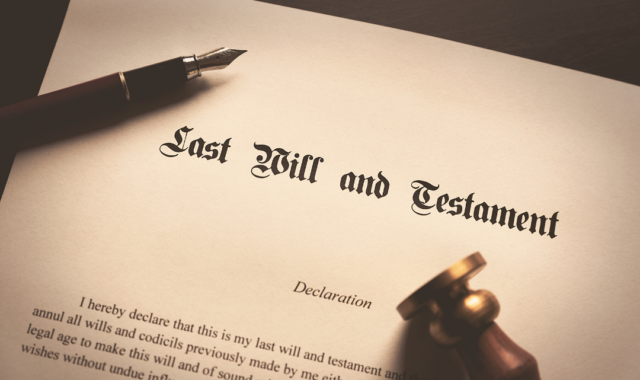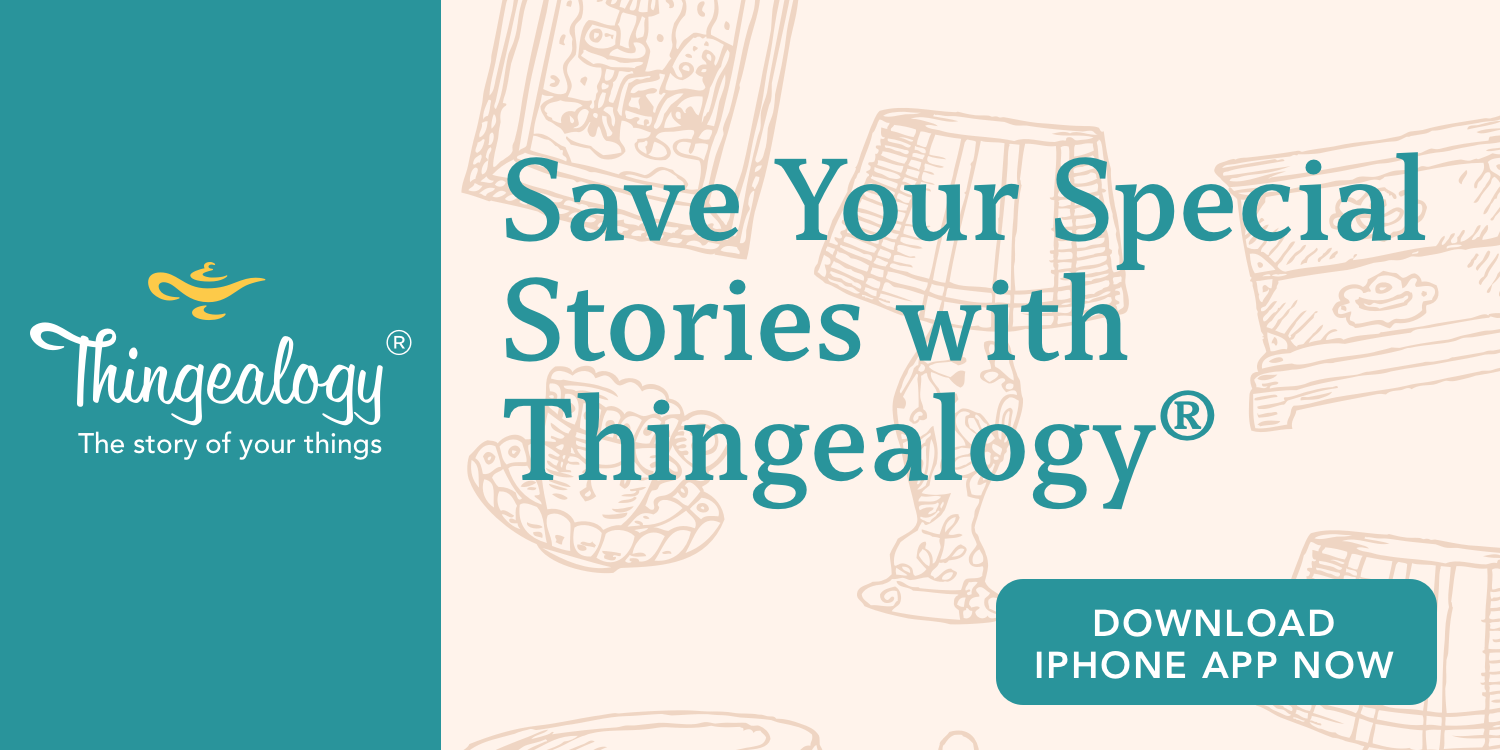People often think of estate planning as being for the wealthy. In reality, nearly everyone should be thinking about estate planning. Estate planning is helpful for anyone who has assets, pets, or personal items that they want to give to friends or family after they pass — regardless of wealth status.
But estate planning can be confusing due to the legal elements involved. While you should be sure to consult with an estate planning attorney, this guide will make you familiar with the estate planning tools you can use.
Why You Need Estate Planning Tools
Estate planning tools help you organize your financial affairs and direct where you want your personal possessions to go after you pass. Without a plan in place, it can be time-intensive for your loved ones to settle your affairs. With an estate plan, you can simplify the process.
Estate planning allows you the opportunity to designate beneficiaries for your assets, both financial and personal property. You can also make your wishes known if you become incapacitated. If loved ones understand your wishes, they’ll be spared making difficult decisions about your care.
The 6 Essential Estate Planning Tools
There are six core tools that you’ll want to consider as part of your estate plan. These tools will take care of all aspects of the estate planning process.
Will
A will allows you to designate individuals and charities to receive your assets when you pass away. You also designate an executor to oversee the terms of the will.
Generally, a will and updated beneficiary information will suffice for most estate plans. However, depending on your net worth and any special circumstances of your estate, your will may need to go through probate. This process can take time and, depending on the nature of your assets, can be costly to your beneficiaries. To prevent unnecessary expenses of time and money, you can create a trust.
Download our free tip sheet on the mistakes to avoid when designating beneficiaries.
Living Trust
A trust may be helpful if you have substantial assets and want to minimize estate taxes. It’s also beneficial if you have pets that you want to ensure are cared for. A trust is a legal entity that owns the property and assets you place in it. You’ll name a trustee to make decisions about the contents of the trust after you pass. You’ll also set the terms for management of the assets.
Trusts are able to transfer property almost immediately upon death, and they don’t go through probate court. For these reasons, a trust is a faster and more efficient way to get assets to your loved ones. A living trust actually takes effect when you execute it. It can be initiated at a time of your choosing — for example, if you become incapacitated.
Living Will
A living will provides family members and medical professionals directions for your wishes regarding medical care if you become incapacitated or incapable of decision-making. For example, you may want to stipulate what type of life-extending measures you want in the case of a coma.
Durable Power of Attorney
A durable power of attorney gives you the ability to designate a person to have access and control of your financial assets. Activating the power can take place at any time of your choosing, either immediately or should you become incapacitated. A durable power of attorney can also cover making medical decisions, called a healthcare proxy.
Healthcare Proxy
This document designates a person to make medical decisions on your behalf if you’re unable to. It is also known as a durable power of attorney for healthcare.
Having a living will together with a healthcare proxy spells out who is responsible to follow your requests for your medical care and makes your wishes clear to that person. This individual can relieve stress for your loved ones during a difficult time.
Tangible Personal Property Memorandum
A memorandum of tangible personal property details your specific personal tangible items and the individuals you wish to receive each one. It’s also known as a tangible personal property memorandum, or sometimes simply as a memorandum. A memorandum is a separate, often more informal document used in conjunction with a will or a living trust. This document pertains to items that can be touched, like artwork, collectibles, antiques, and jewelry. Intangible property is not included — things like stocks and bonds, money, and copyrights.
Incorporating Thingealogy® into Your Estate Planning
The process of creating a tangible personal property memorandum can be challenging if you have a lot of items to give away. Thingealogy® makes the process simple and fun with audio visual digital organization and step-by-step prompts on how to use. A photo of your tangible personal property, the audio story behind it, and who you want to give it to are all uploaded into the system. A pdf file that includes a QR code for each item can be generated within the Thingealogy® system.
Different states have different laws regarding how to recognize the bequests of tangible personal property, but if TPP memorandums are recognized within your state, it will almost always require you to document the same information you have already captured in Thingealogy®. This information includes a clear description of the item (a photo), the owner of the item, and the intended beneficiary. Check with your estate planning attorney to see if you can incorporate your Thingealogy® pdf as a tangible personal property memorandum into your estate planning documents in your state.
Final Thoughts
Estate planning should be done by everyone to ensure that your wishes are clear, even when you’re unable to express them. These six tools will give you peace of mind that you and your loved ones will be taken care of in the future.
Thingealogy® is a free story-telling app with beneficiary-assigning features for your tangible personal property. Download the app, and try it out for yourself!

